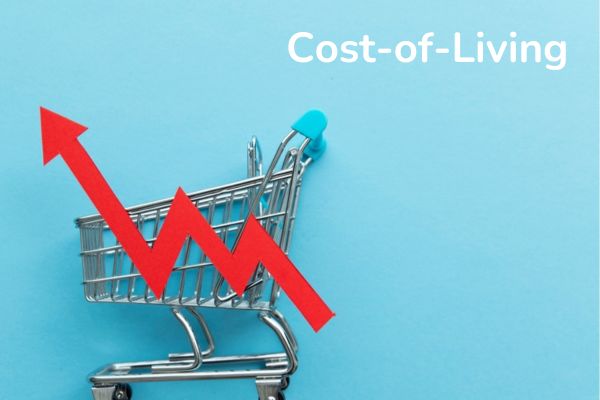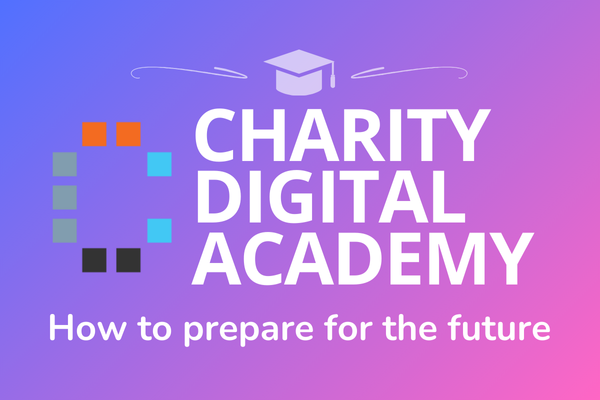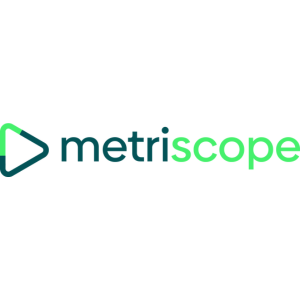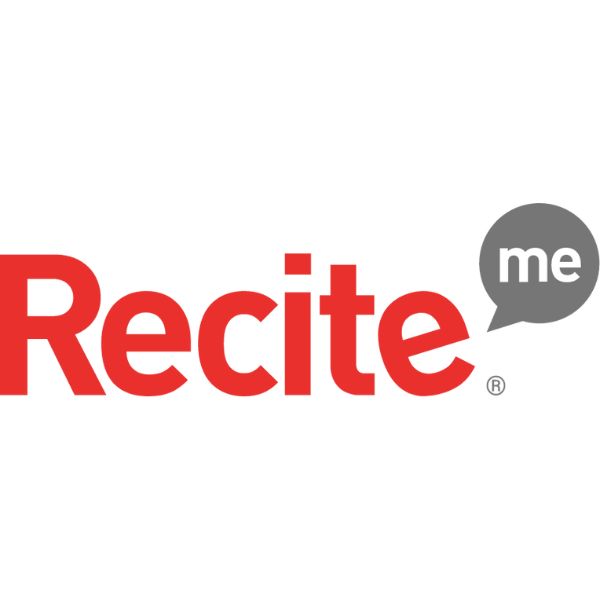Insights
INSIGHTS
All Topics
My Account
How to create a charity data strategy
We explore how charities can create a robust data strategy to improve decision-making, streamline operations, and achieve greater mission outcomes
Data is an invaluable asset to the charity sector. It can help charities make better decisions, improve their services, make operations more efficient, and tailor their fundraising campaigns to the needs of their donors.
To be able to achieve these goals, charities are custodians of a wide range of data about beneficiaries, donors, services delivered, and funds raised. Yet the 2024 Charity Digital Skills report revealed that, too often, charities are not using this data effectively. Only one in four charities said data was a priority for them, while 34% are poor at or not using data to inform decision-making.
Bringing data together for analysis is vital for helping charities spot trends they might otherwise miss, identify areas of friction that are slowing them down, and ultimately help them achieve more with the resources they have on hand.
What’s stopping charities from using their data effectively often lies in strategy, or lack thereof. Microsoft Tech for Social Impact (TSI) points out that “Mission-focused nonprofits, like fast-moving businesses, tend to adopt software when specific needs arise. This often prompts them to acquire multiple tools to analyse, share, safeguard, and manage data. Over time, this can result in a fragmented technology environment that makes it hard to understand data and translate it into mission outcomes.”
Acknowledging the complexities of data analysis and management, Microsoft TSI has created a roadmap to help charities build a robust data strategy. The e-book, Harnessing your data to drive nonprofit mission success, offers tips and advice on how to align your data with mission goals, elevate your data quality, make data more accessible across your organisation, and much more. It also shares advice on how to use data productively in the future, including with artificial intelligence (AI).
Indeed, the advent of AI has only intensified the need for a clear, practical data strategy. Informed decisions, made by humans or AI, can only be made if the information they are based on is correct. Without accurate data, it cannot suggest relevant outcomes. Being confident that your data is complete and relevant to the outcomes you want to achieve vastly improves your chances of making AI a success in your organisation.
What to include in a data strategy
A data strategy is a plan for how to collect, manage, protect, and use data. It incorporates the data tools and software used, the governance policies that determine best practices, and prioritises transparency across the organisation.
In short, an effective data strategy is about creating, in the words of Microsoft TSI, “a coherent data landscape.” It’s about helping “individuals and teams become aware of how data can benefit their work and remain mindful of data opportunities,” the e-book adds.
Below, we explore three of the foundational principles that Microsoft TSI recommends including in your data strategy to prepare your charity for AI and make the most of your time and resources.
Goals
The first place to start is by setting your goals. What do you want to achieve with data? Microsoft TSI recommends setting “ambitious yet realistic” goals to help charities understand what they need from their data tools from the outset, as opposed to investing in data software on an ad-hoc basis to meet individual challenges.
Infrastructure
Now that you know what you want to achieve, the next step is defining how you will achieve your defined goals. When choosing the tools that will support your data strategy, it should always come back to those initial goals. If scalability and growth are important, will these tools be able to grow with you? Do they integrate together to give users the full picture of data across the organisation? Implementing a unified data ecosystem is key to using data to successfully meet your goals and drive your mission forward.
Furthermore, when building your data infrastructure, it is also important to consider the level of data literacy and skills within your organisation. A data strategy can include plans to upskill staff and volunteers, develop a data literacy program with training sessions and resources, and facilitate knowledge sharing and collaboration to discover innovative ways to use data. Remember, data tools are only helpful if people can successfully use them.
Governance
Data governance is essential to ensure that data is protected and used in accordance with regulations and best practices across the charity.
“You need to establish and enforce data governance policies to ensure the best possible data quality, security, and compliance,” explains the e-book. “They should regulate aspects of data use and management like access, retention, and lineage.”
In the age of AI, data governance is even more important, given the newness of some of the tools used to process data. Research has shown that 60% of individuals in the charity sector are experimenting with AI, even if their organisation as a whole is not, so it is important to set standards for how data can be used with those tools, to ensure it is compliant and protected.
Next steps to creating a data strategy
The e-book has many more tips on how to develop a data strategy that aligns with your charity’s goals and can provide transformative results in how your pursue your mission.Download the full e-book to learn more about how to harness your data to drive mission success.
More on this topic
Recommended Products
Recommended Products
Featured Products
14 Mar 2025by Laura Stanley
Quiz: Do you know how to prevent a cyber attack?Sponsored Article
14 Mar 2025by Laura Stanley
An A-Z glossary of digital inclusion terms and definitions
Our Events
Charity Digital Academy
Our courses aim, in just three hours, to enhance soft skills and hard skills, boost your knowledge of finance and artificial intelligence, and supercharge your digital capabilities. Check out some of the incredible options by clicking here.






















